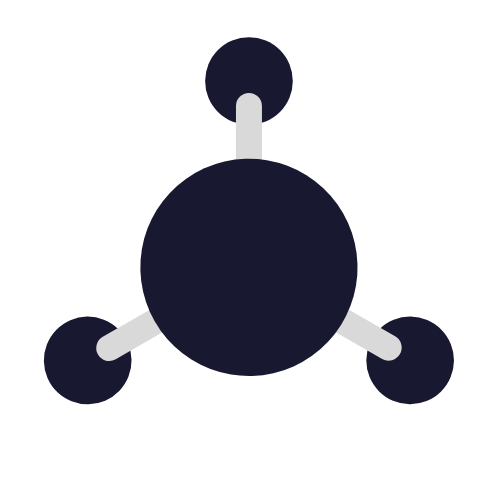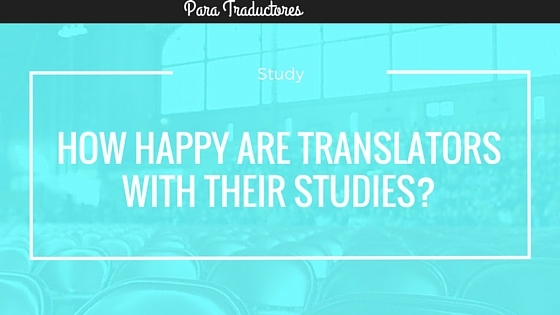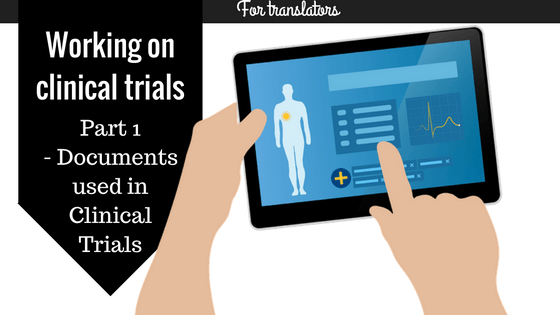
Very few clinical trials are conducted only in one country; many are available in a variety of different sites in different places, so the translation and linguistic adaptation for different target cultures and languages becomes more important – but it’s not easy to find professionals who specialize in this specific field. With my presentation I hope to provide an overview of what makes the linguistic work on clinical trials so special, what kind of texts and target audiences there are and what knowledge linguists need to acquire in order to efficiently work in this area. This is especially interesting for translators who already specialize in the medical field, but also for linguists interested in legal, business, marketing and related field who would like to add an interesting niche with high demand to their specialization.
The presentation aims to be an introduction to the characteristics and requirements of the linguistic work on texts related to clinical trials. It not only wants to give a brief overview of how clinical trials work and who the stakeholders are, but also underline the skills and knowledge set linguists who would like to further specialize in this field should acquire. It also provides them with the necessary resources to get them started. The main topics are as follows:
- Introduction to clinical trials (what are they; how do they work; who is implied)
- Types of documents used in clinical trials (medical [specialist facing/ patient facing]; legal; marketing, etc.)
- Types of audiences (doctors/investigators/healthcare providers; patients/ other laymen such as healthy subjects/ partners/ legal representatives/ parents, etc.; ECs; CROs…)
- What skills do linguists need to work in this field?
- How to acquire that knowledge?
- Where to find glossaries/ templates/ further information
- MOOCs to take to get you started
- Books you should have read
- Other handy resources




